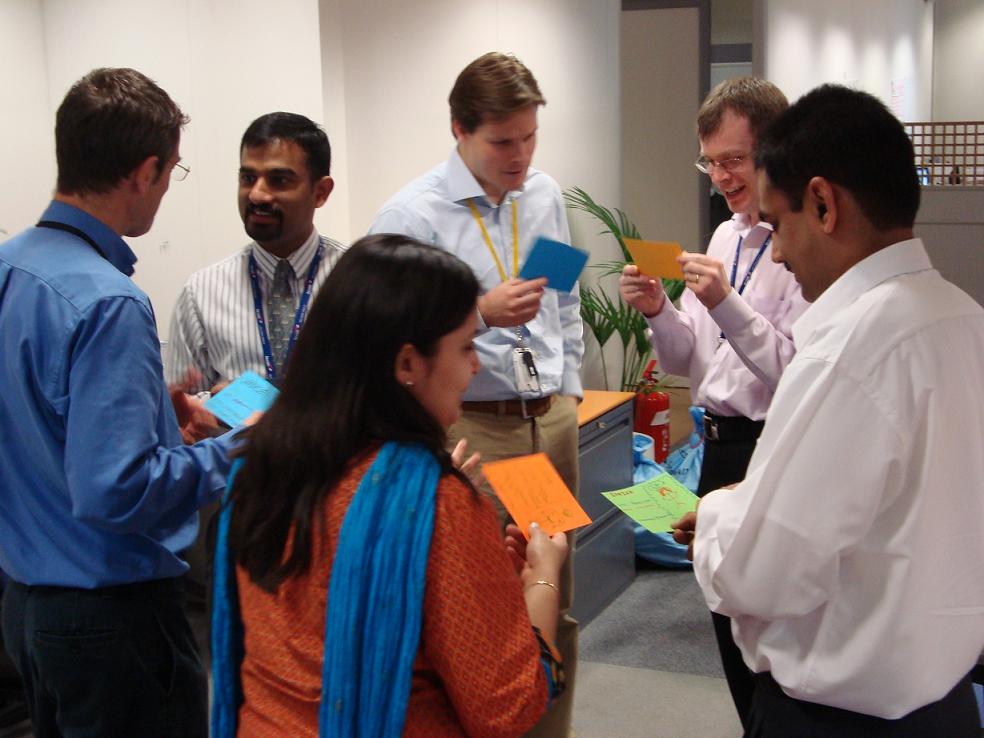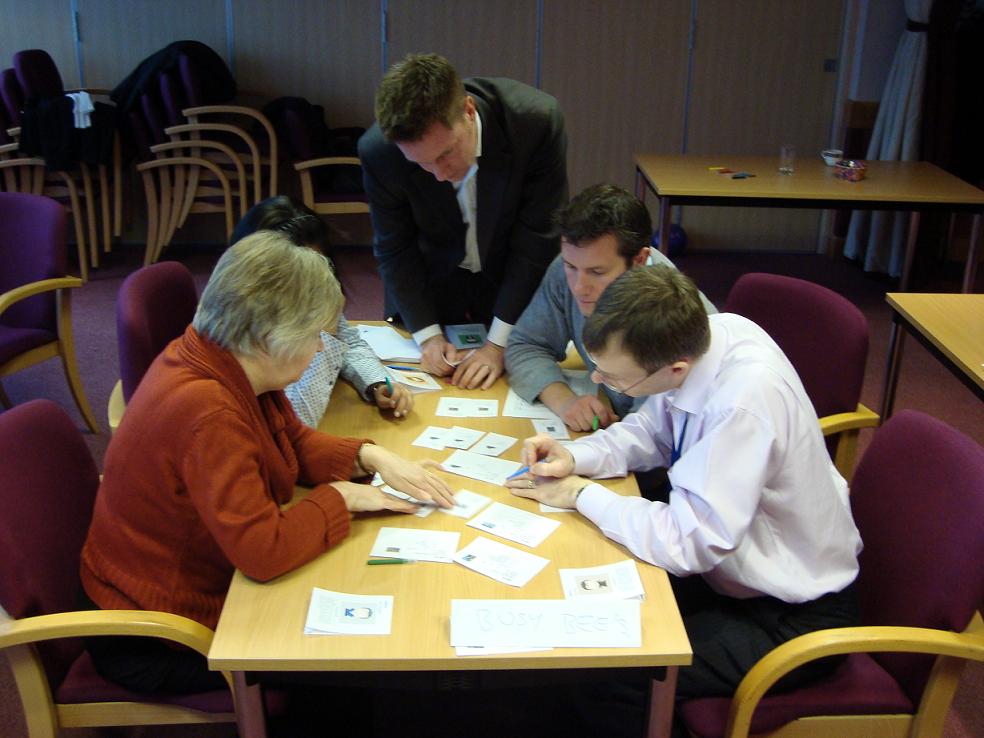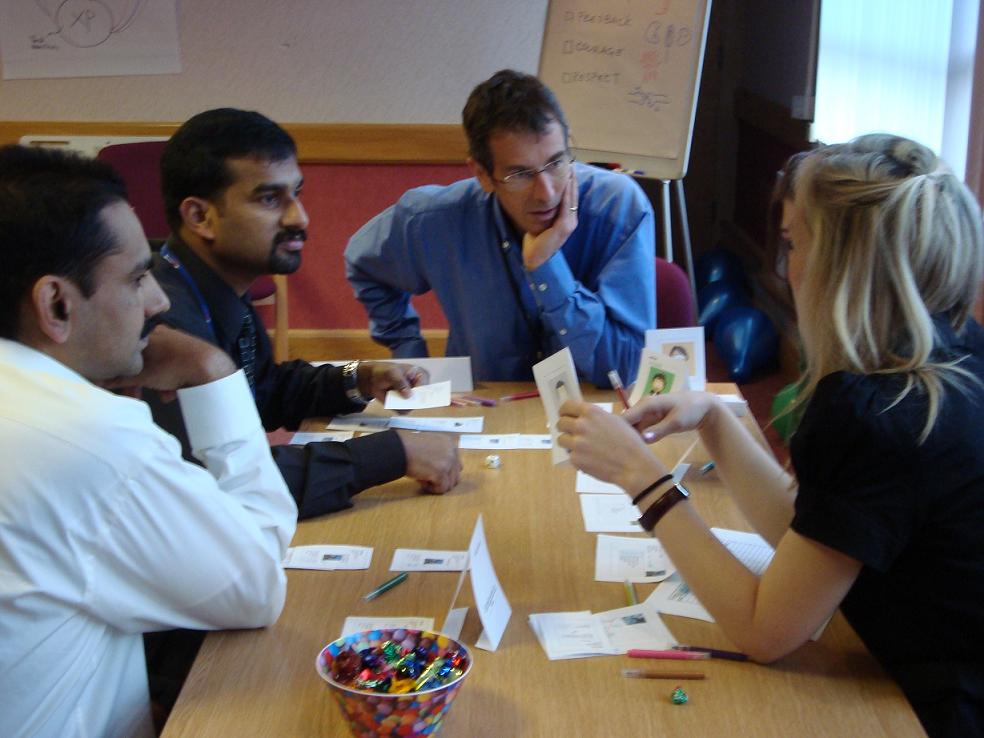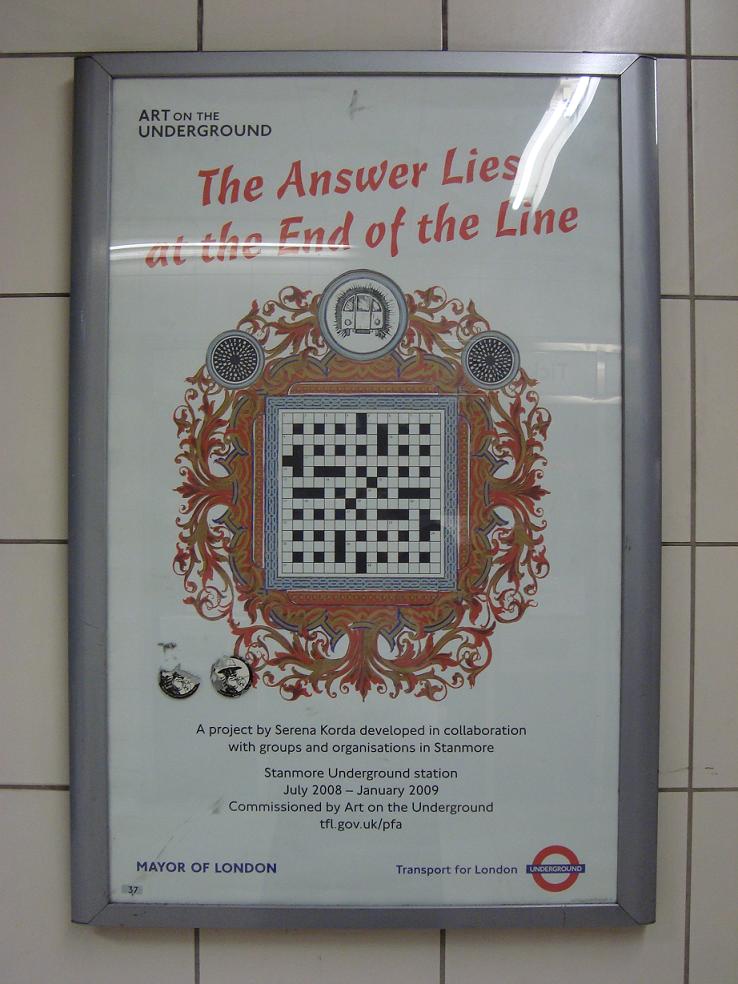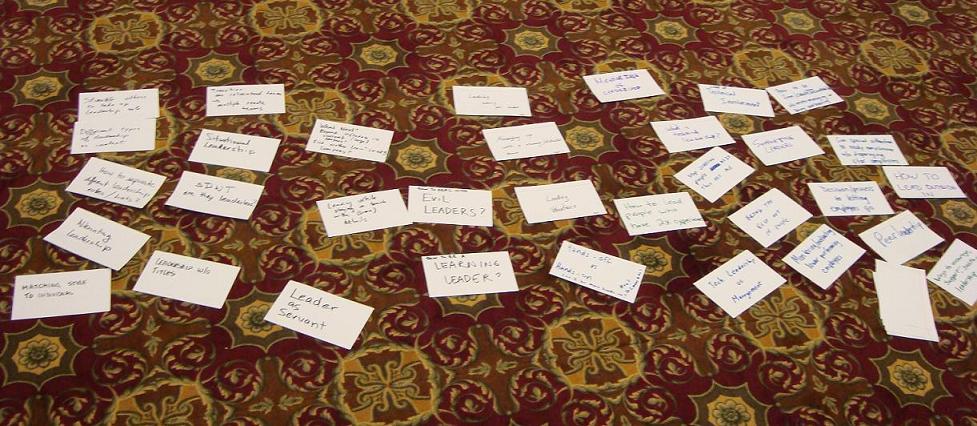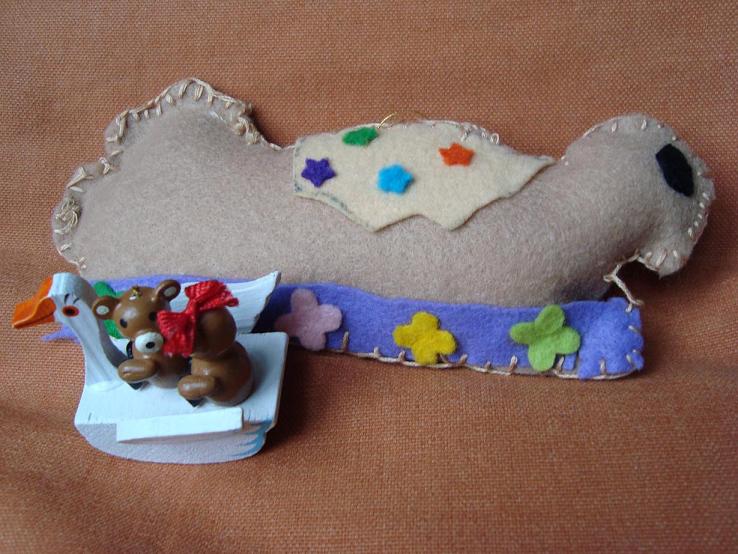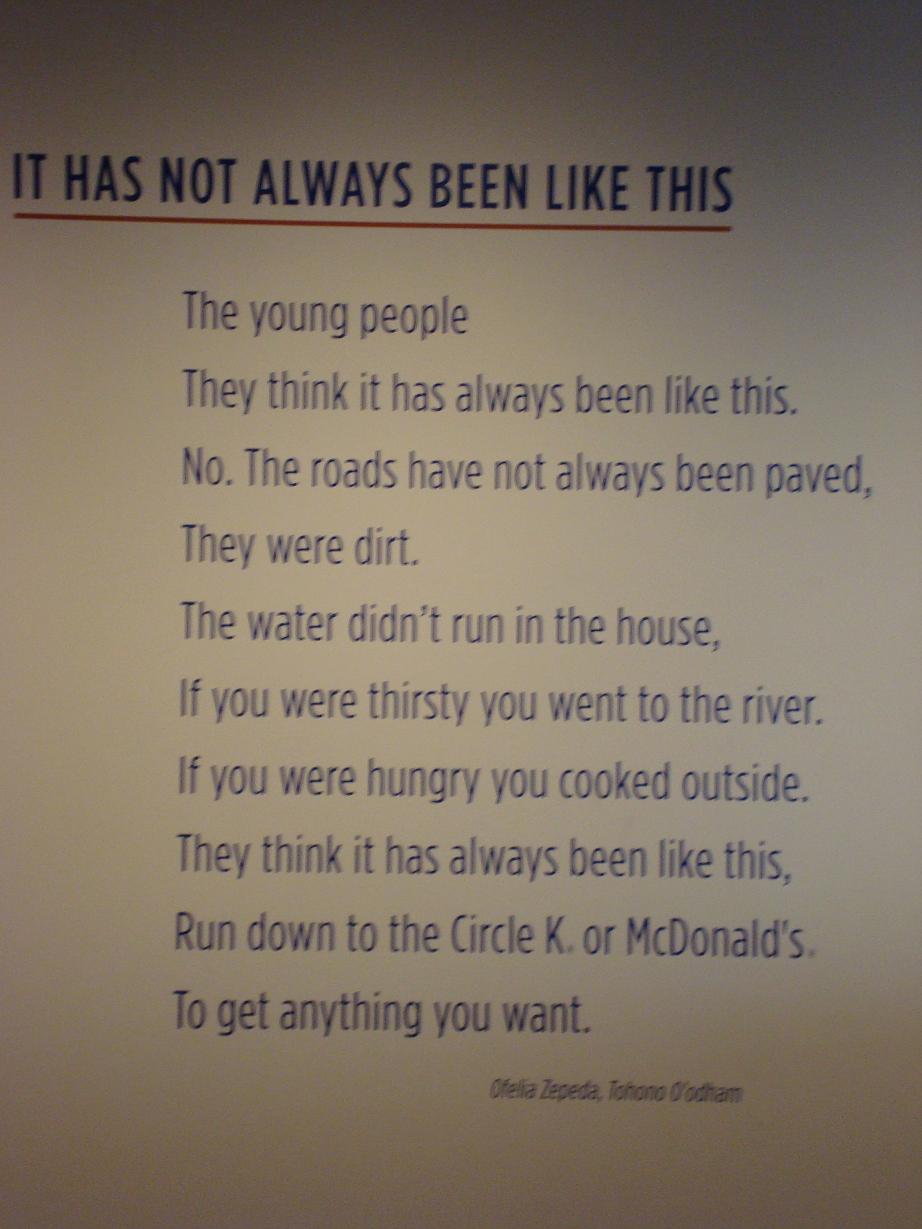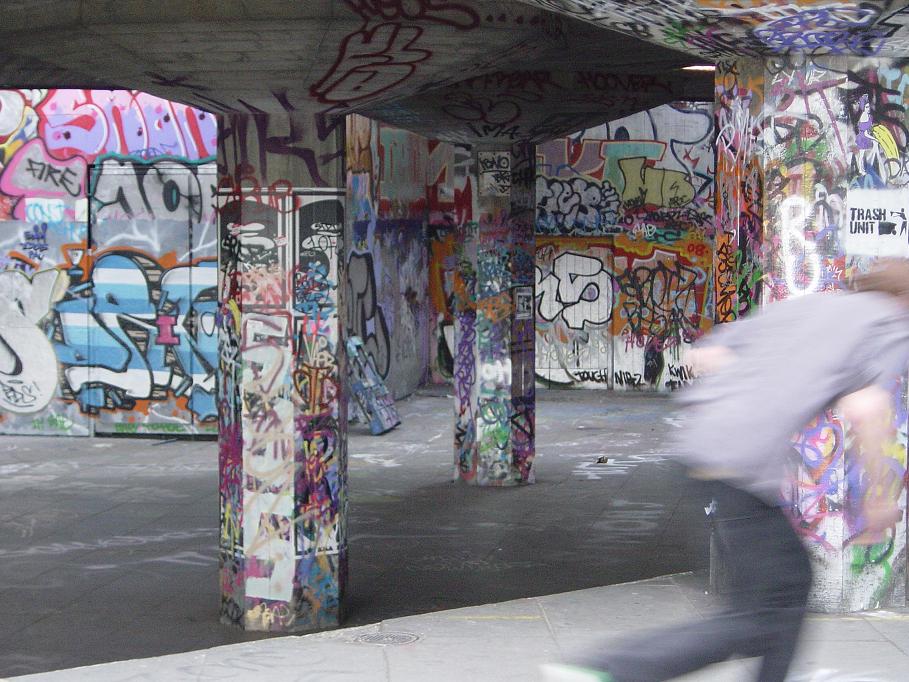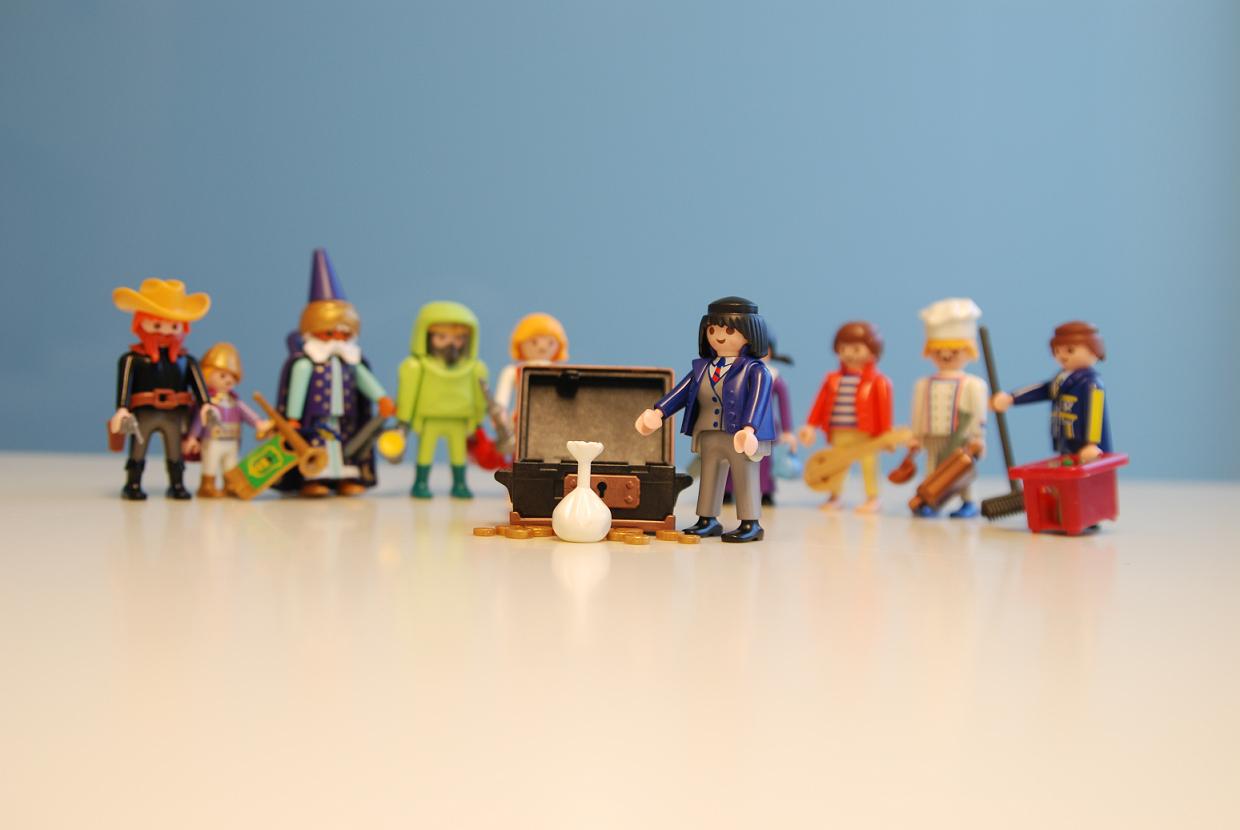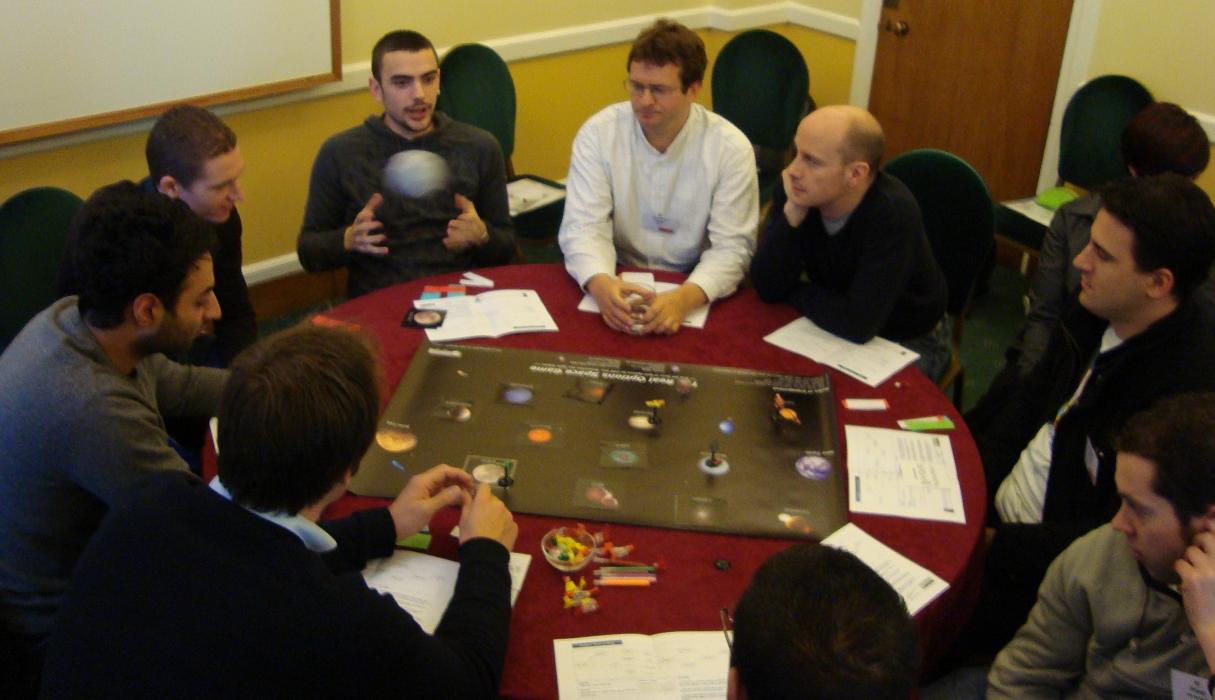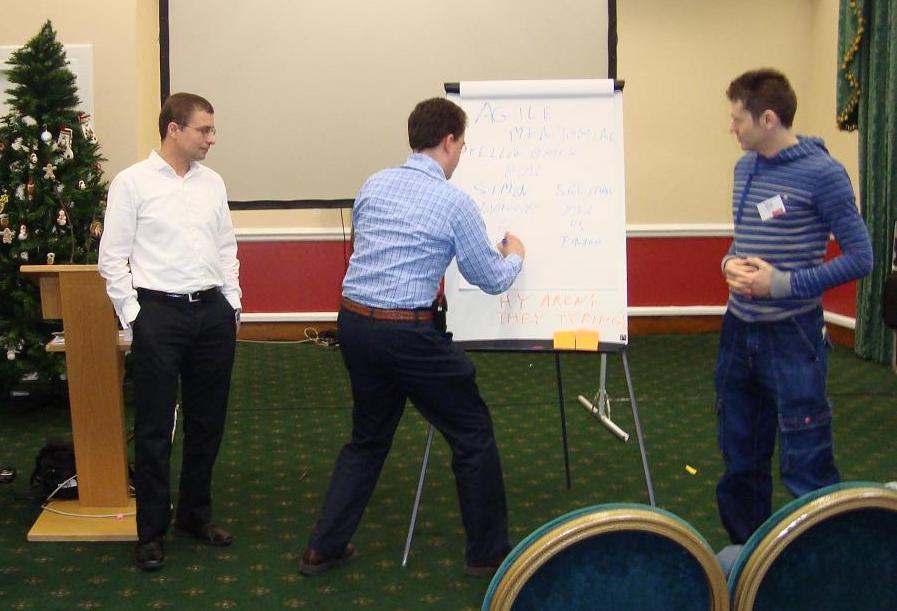What better way to begin the new year than with a new team? I met my new team for the first time last week. And so we started our 6-week journey together with Iteration 0, jampacked with a flurry of team building activities and Agile training.
Agile: The Full Mind and Body Workout
Beginning with an Iteration 0 is always a strong way to start. Most important of all, it’s always a good idea to warm up if we’re serious about having fun.
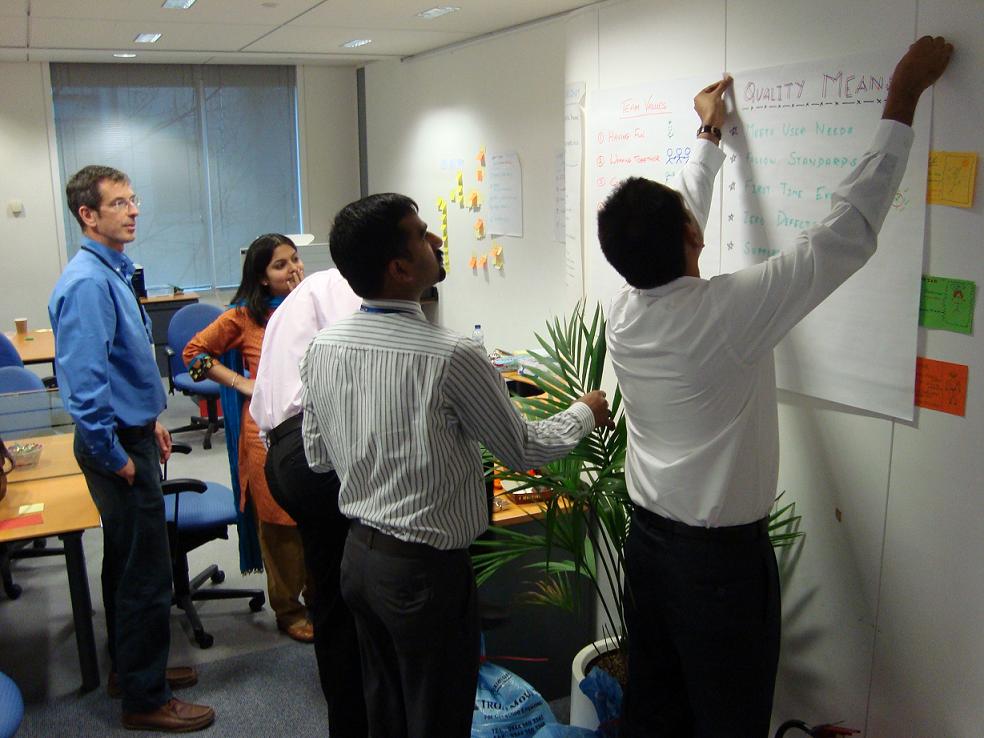 We began with a team ice breaker exercise as folks introduced themselves to one another, first by sharing a pet love and pet hate and then by exchanging three interesting facts about themselves. Next we moved onto creating and laying down the foundation stones to any high-performance team: a team manifesto created by the team for the team.
We began with a team ice breaker exercise as folks introduced themselves to one another, first by sharing a pet love and pet hate and then by exchanging three interesting facts about themselves. Next we moved onto creating and laying down the foundation stones to any high-performance team: a team manifesto created by the team for the team.
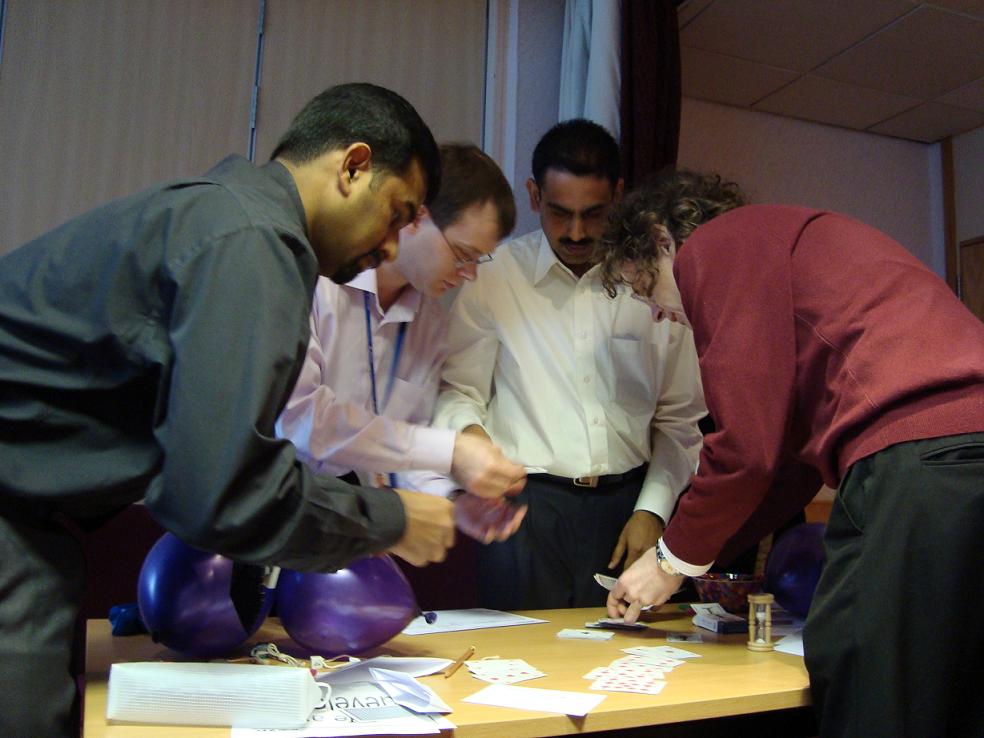 And of course no Agile training is complete without an Agile Games Day, made up of the ubiquitous Agile Game (also known as The XP Game) and The Business Value Game. In my experience, the best way to learn Agile is by doing. The doing in turn triggers a lot of useful thinking and talking.
And of course no Agile training is complete without an Agile Games Day, made up of the ubiquitous Agile Game (also known as The XP Game) and The Business Value Game. In my experience, the best way to learn Agile is by doing. The doing in turn triggers a lot of useful thinking and talking.
‘Agile makes you think. It questions everything you do,’ says one of the developers. ‘The best thing of all is, it makes you deliver value bit by bit over time instead of waiting until the last minute,’ quipped another wide-eyed team member.
What Agile means to me
One way I measure the progress of a team learning to be agile is by using the Agile Values. It’s also a great way of gauging my own agility.
- Communication – Does the team question everything? Does the team flock?
- Simplicity – Does the team do what’s needed to satisfy acceptance criteria, no more, no less?
- Feedback – Am I learning from how different people respond to the way I work? Do I adapt myself to become more effective?
- Courage – Can I accept that I’ve much to learn? Do I help create an environment where others can be courageous, too?
- Respect – Do I believe that everyone brings value to the team?
Agile Values++
- Trust – Do I have an open mind? Do I believe in the team’s wisdom?
- Transparency – Do I share, share and share: from what I know to what I don’t know and the joy and growing pains of becoming a team?
One thing’s certain: we’re learning. Fast. Are you?
